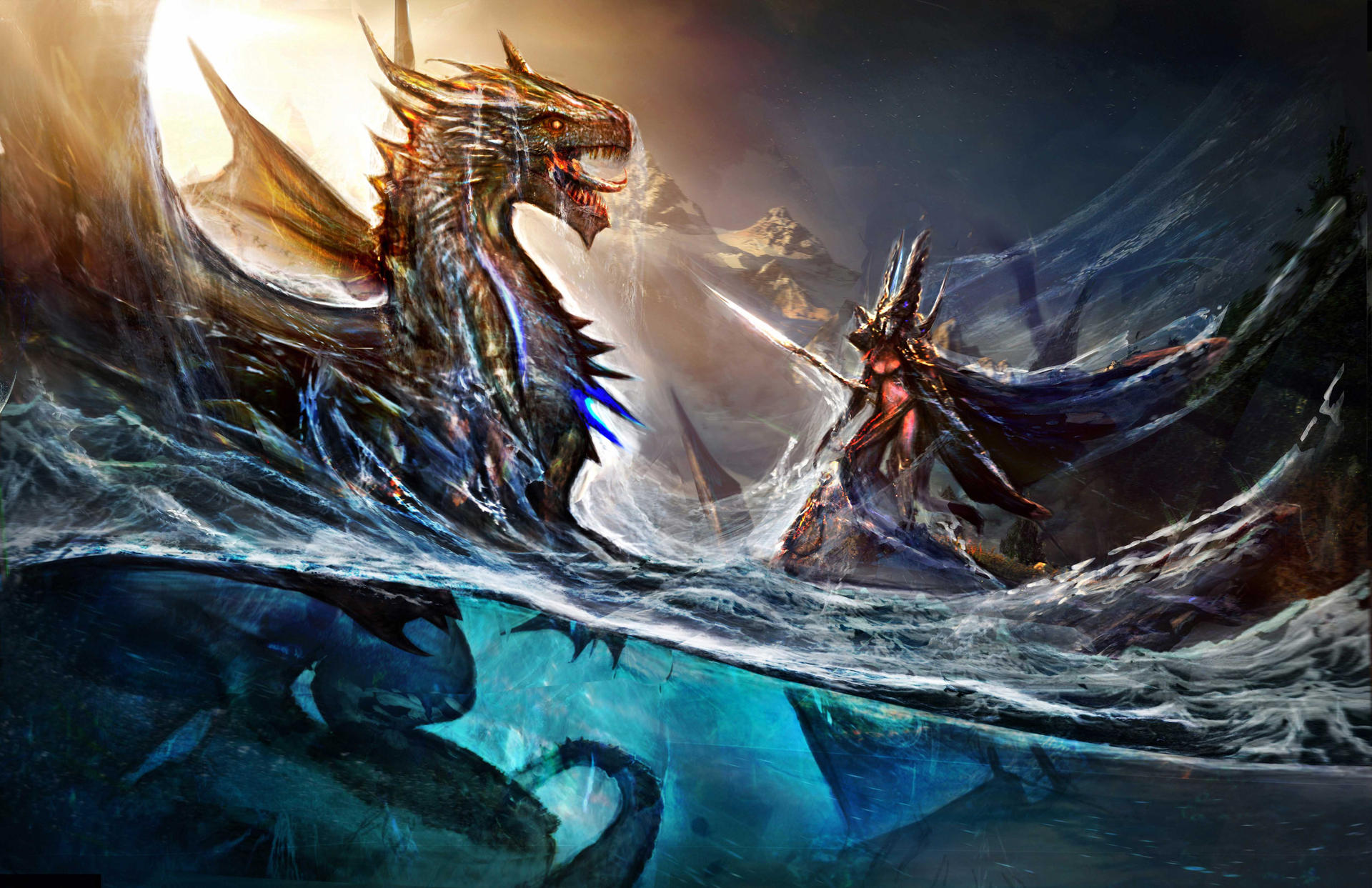The word ‘dragon’ conjures up images of a large, ferocious creature with wings and breathe fire. This is the dragon of popular culture. However, the dragon of Norse mythology is quite different. In Norse mythology, dragons are more akin to snakes or worms. They are often seen as being helpful or benevolent creatures, rather than being something to be feared.
So what did the Vikings believe about dragons? Well, there are a few different stories and beliefs surrounding Viking dragons. Some believe that they were symbols of power and strength, while others believe that they were helpful creatures that could be called upon in times of need.
One of the most famous stories about dragons in Norse mythology is that of Fafnir. Fafnir was a dwarf who was turned into a dragon after he killed his father for a treasure. He then guarded this treasure obsessively, until he was eventually slain by Sigurd.
Another popular belief is that dragons were able to shape-shift into other forms. This would explain why some Viking dragons are depicted as having wings, while others are not. It’s possible that Vikings believed that their dragons could take on different forms depending on the situation.
Whether you see them as being helpful or harmful, there’s no denying that dragons have always been an important part of Viking culture. So next time you see a picture of a dragon, think about what it might mean to the Vikings who once believed in them!
